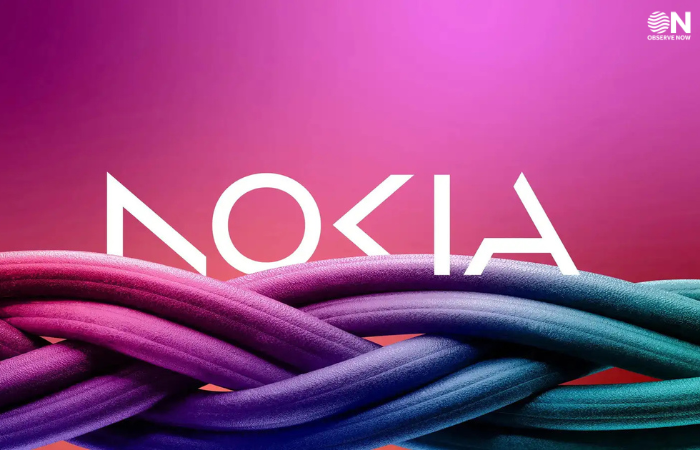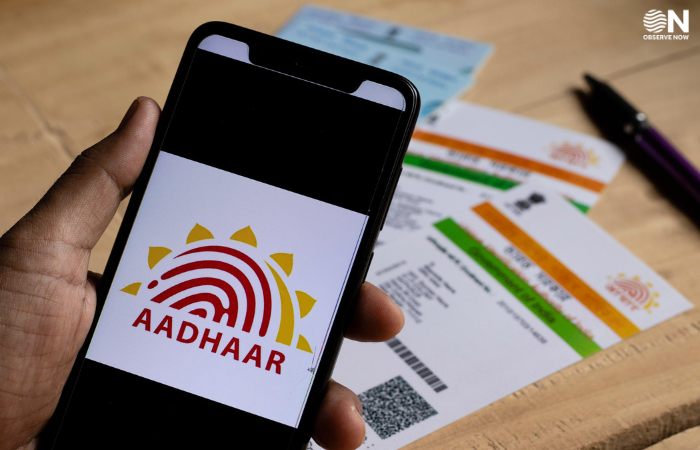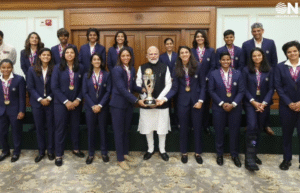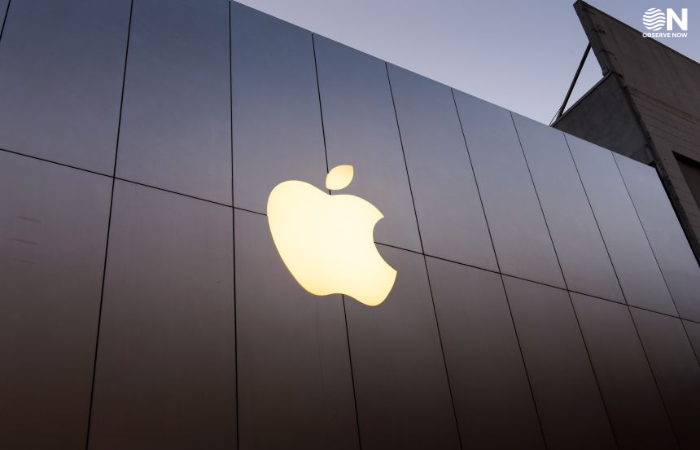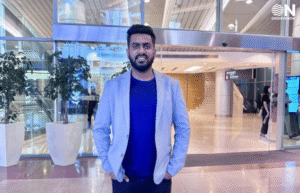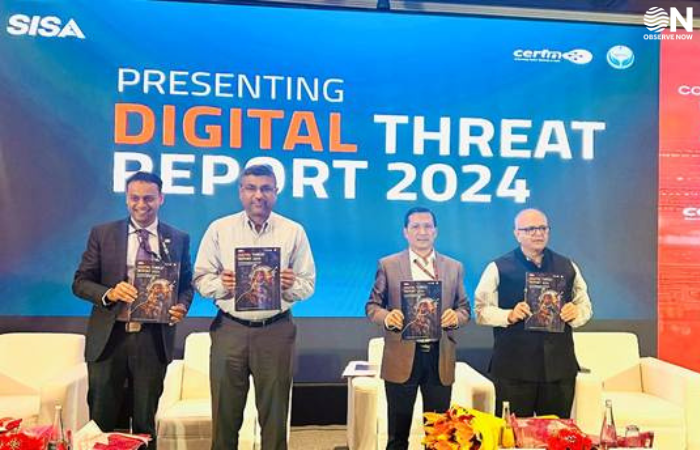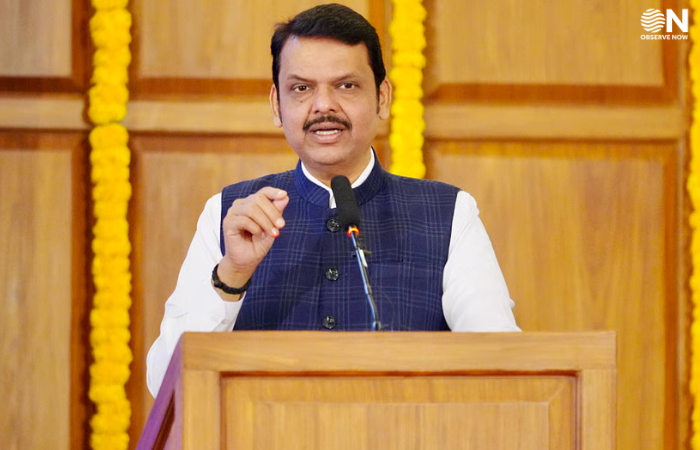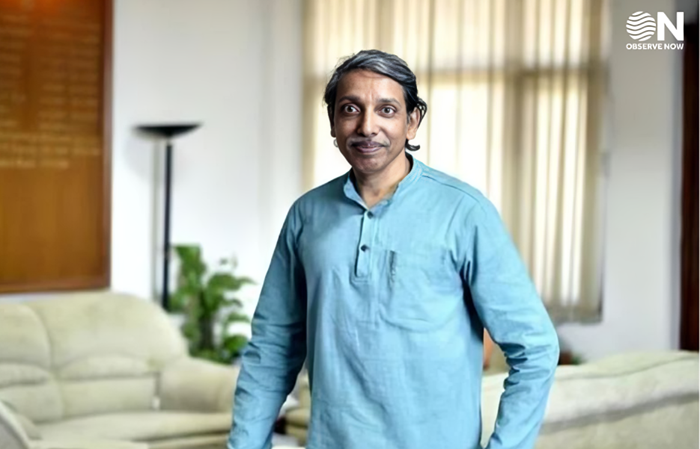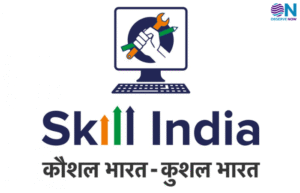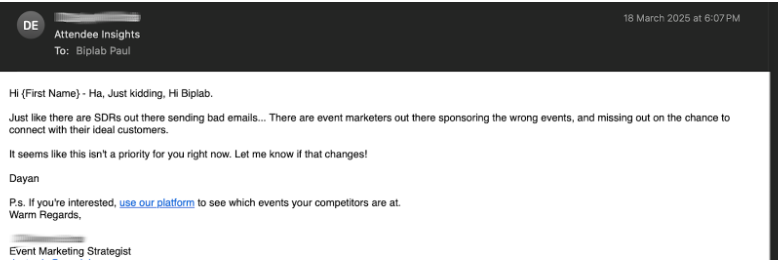Nokia Expands Patent Dispute, Sues Acer, Asus, and Hisense in U.S. Over Video Coding Technology
April 9, 2025 — Finnish technology company Nokia has filed lawsuits in the United States against Taiwanese tech firms Acer and Asus, as well as China-based electronics manufacturer Hisense, intensifying ongoing patent disputes involving video streaming technology.
The complaints, submitted on Monday in federal courts across California, Georgia, and Texas, allege that Acer and Asus computers and Hisense televisions infringe on five Nokia patents tied to international standards designed to enhance video streaming efficiency and quality.
The legal actions follow similar complaints filed by Nokia last week in Europe against the same companies. In a related development, Nokia also recently resolved a streaming-video patent dispute with Amazon.
Spokespersons for Acer, Asus, and Hisense have yet to comment on the lawsuits. In a statement, Nokia expressed hope that the companies would agree to licensing terms, stating, “We hope they will soon accept a license on fair terms, just like many of their competitors have done.”
Once a leading mobile phone manufacturer, Nokia has since pivoted to focus primarily on research and development. According to the filings, the company holds over 20,000 patents globally and has been attempting to negotiate licensing agreements with Acer, Asus, and Hisense for years.
The patents in question are classified as standard-essential, meaning they are crucial for compliance with international technologies like 4G, Wi-Fi, and USB. Nokia is seeking unspecified monetary damages in the lawsuits.
The cases are:
- Nokia Technologies Oy v. Acer Inc., U.S. District Court for the Western District of Texas, No. 1:25-cv-00523
- Nokia Technologies Oy v. ASUSTek Computer Inc., U.S. District Court for the Central District of California, No. 2:25-cv-03053
- Nokia Technologies Oy v. Hisense Co., U.S. District Court for the Northern District of Georgia.


